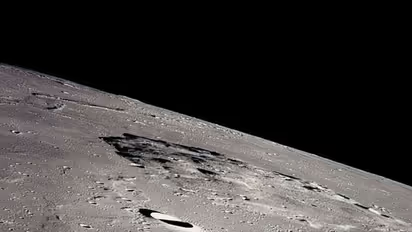China constructs 'artificial moon' which simulates low-gravity conditions on Earth

Synopsis
China intends to use this research facility to test instruments and technologies in a low-gravity environment comparable to that of the moon to determine whether or not its experiments would be successful on the lunar surface.
China has constructed an artificial moon research facility capable of decreasing gravity using magnetism. The concept is to use high magnetic fields within a 60cm vacuum chamber to make gravity "disappear." The research centre is expected to open later this year. The artificial moon facility will be loaded with rocks and dust to simulate the lunar surface. China intends to use this research facility to test instruments and technologies in a low-gravity environment comparable to that of the moon to determine whether or not its experiments would be successful on the lunar surface. The research centre will also aid in assessing the viability of human habitation on the moon.
The low-gravity levels in the chamber, according to Li Ruilin, a geotechnical engineer at the China University of Mining and Technology, may stay "as long as you like." This research centre is also reported to be the world's first of its sort.
China is currently conducting a moon mission known as the "Chinese Lunar Exploration Program," with its current rover and lander Chang'e 4 investigating the lunar surface. The rover recently made history by detecting water on the moon in real-time. By 2029, China intends to launch a lunar research facility at the moon's south pole.
Also Read | China: Chang’e 5 lunar probe discovers first on-site evidence of water on moon
Not only has China successfully built an "artificial moon," but it has also successfully created an "artificial sun," which is a nuclear fusion reactor that has been superheated to a temperature five times higher than the sun for more than 17 minutes. This artificial sun will eventually contribute to developing a near-limitless source of renewable energy to power cities.
Also Read | China's extremely powerful 'Artificial Sun' is switched on; Details inside
Also Read | China announces its space station will be ready this year, plans 40-plus launches in 2022